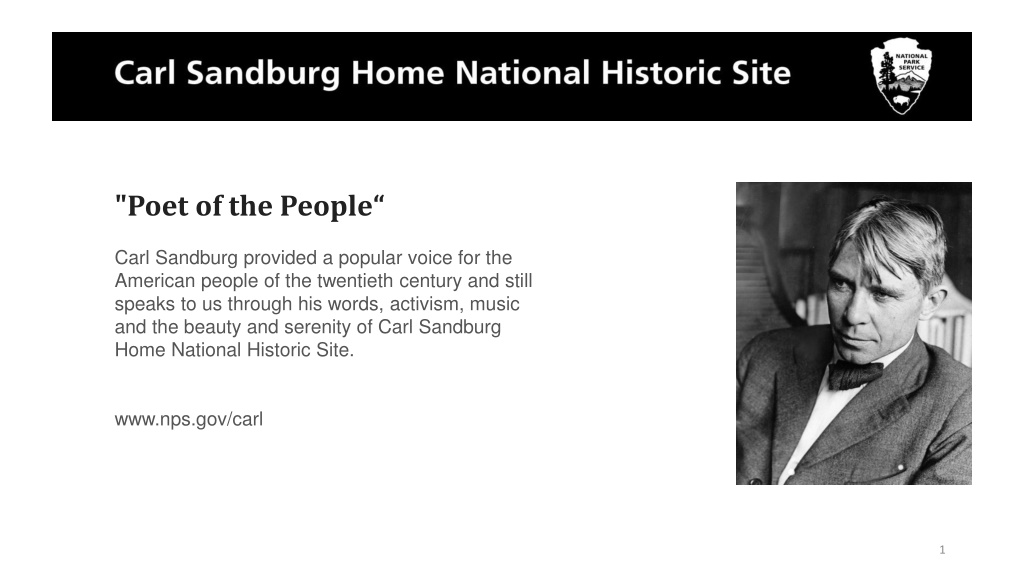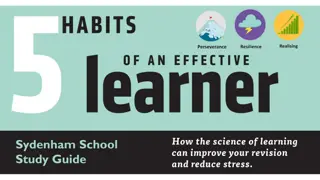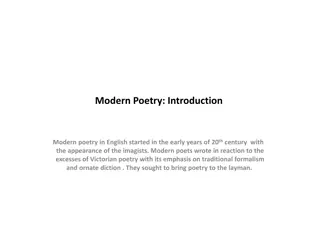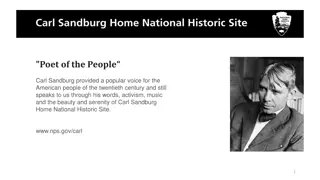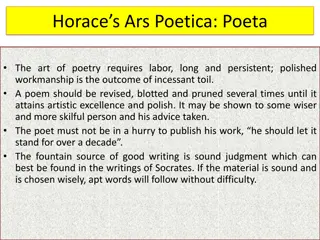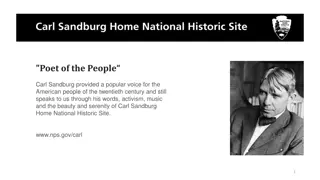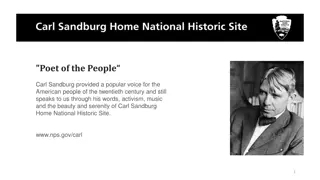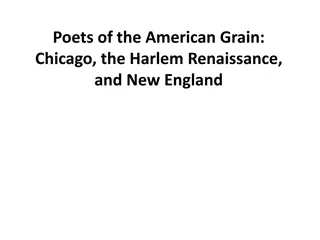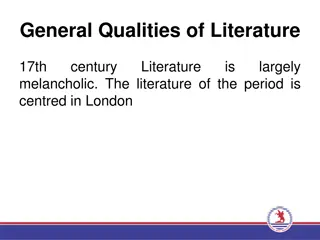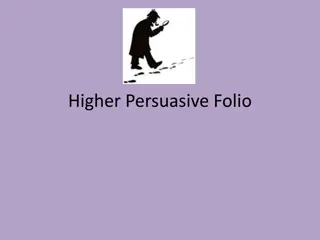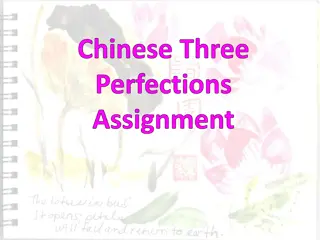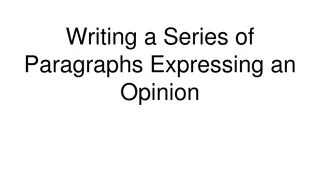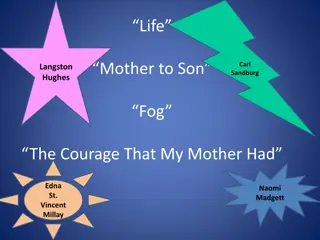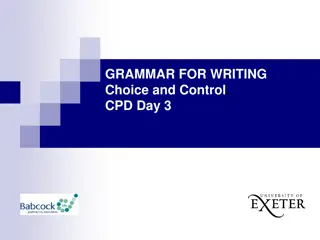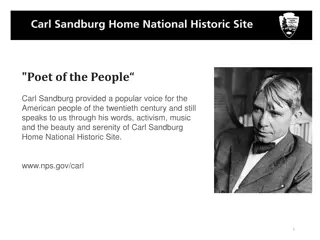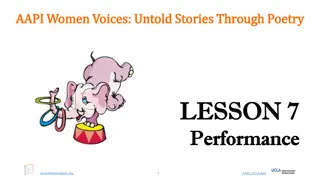Carl Sandburg's Persuasive Poetry
Carl Sandburg's impactful poems address social injustices with emotive language and vivid imagery. Explore his use of literary devices and themes through analysis.
Download Presentation

Please find below an Image/Link to download the presentation.
The content on the website is provided AS IS for your information and personal use only. It may not be sold, licensed, or shared on other websites without obtaining consent from the author.If you encounter any issues during the download, it is possible that the publisher has removed the file from their server.
You are allowed to download the files provided on this website for personal or commercial use, subject to the condition that they are used lawfully. All files are the property of their respective owners.
The content on the website is provided AS IS for your information and personal use only. It may not be sold, licensed, or shared on other websites without obtaining consent from the author.
E N D
Presentation Transcript
"Poet of the People Carl Sandburg provided a popular voice for the American people of the twentieth century and still speaks to us through his words, activism, music and the beauty and serenity of Carl Sandburg Home National Historic Site. www.nps.gov/carl 1
Persuasion Poems Carl Sandburg was a very passionate man. He had his opinions about what he believed was right and what he believed was wrong about society. He often used poetry to voice his opinion about such things. In fact, his very first book of published poetry, Chicago Poems, was page after page of what he thought about the city he loved. Tasks: 1. Click this link https://www.youtube.com/watch?v=MsGpmbwiuaM to watch a video on theme and tone in poetry. 2. Beginning with slide 3, read each poem aloud. Answer questions about each poem and submit to your teacher. 2
Mill-Doors by Carl Sandburg Write your response here You never come back. I say good-bye when I see you going in the doors, The hopeless open doors that call and wait And take you then for how many cents a day? How many cents for the sleepy eyes and fingers? Find one example of figurative language in the poem (e.g. hyperbole, metaphor, simile, imagery, understatement, alliteration). I say good-bye because I know they tap your wrists, In the dark, in the silence, day-by- day, And all the blood of you drop by drop, And you are old before you are young. You never come back. Explain why you think Sandburg used this literary device in the poem. What does it add to the poem? Does it create the mood or reveal the tone or theme in some way? 3
Anna Imroth by Carl Sandburg Write your response here Cross the hands over the breast here so. Straighten the legs a little more so And call for the wagon to come and take her home. Her mother will cry some and so will her sisters and brothers. But all of the others got down and they are safe and this is the only one of the factory girls who wasn t lucky in making the jump when the fire broke. It is the hand of God and the lack of fire escapes. What issue was Carl Sandburg addressing in this poem? How can you paraphrase this poem into 1-2 concise sentences that helps to make the issue clear to others? 4
Write your response here They Will Say by Carl Sandburg Of my city the worst that men will ever say is this: You took little children away from the sun and the dew, And the glimmers that played in the grass under the great sky, And the reckless rain; you put them between walls To work, broken and smothered, for bread and wages, To eat dust in their throats and die empty-hearted For a little handful of pay on a few Saturday nights. How is personification used in this poem? Explain why you think Sandburg used this literary device in the poem. What does it add to the poem? Does it create the mood or reveal the tone or theme in some way? 5
Buttons by Carl Sandburg Write your response here I have been watching the war map slammed up for advertising in Front of the newspaper office. Buttons red and yellow buttons blue and black buttons are Shoved back and forth across the map. A laughing young man, sunny with freckles, Climbs a ladder, yells a joke to somebody in the crowd, And then fixes a yellow button one inch west And follows the yellow button with a black button one inch west. What is the social issue being addressed in the poem? (Ten thousand men and boys twist on their bodies in a red soak along a river edge, Gasping of wounds, calling for water, some rattling death in their throats.) Who would guess what it cost to move two buttons one inch on the war map here in front of the newspaper office where the freckle-faced young man is laughing at us. How is the issue the same now? How has it changed since Sandburg s time? 6
